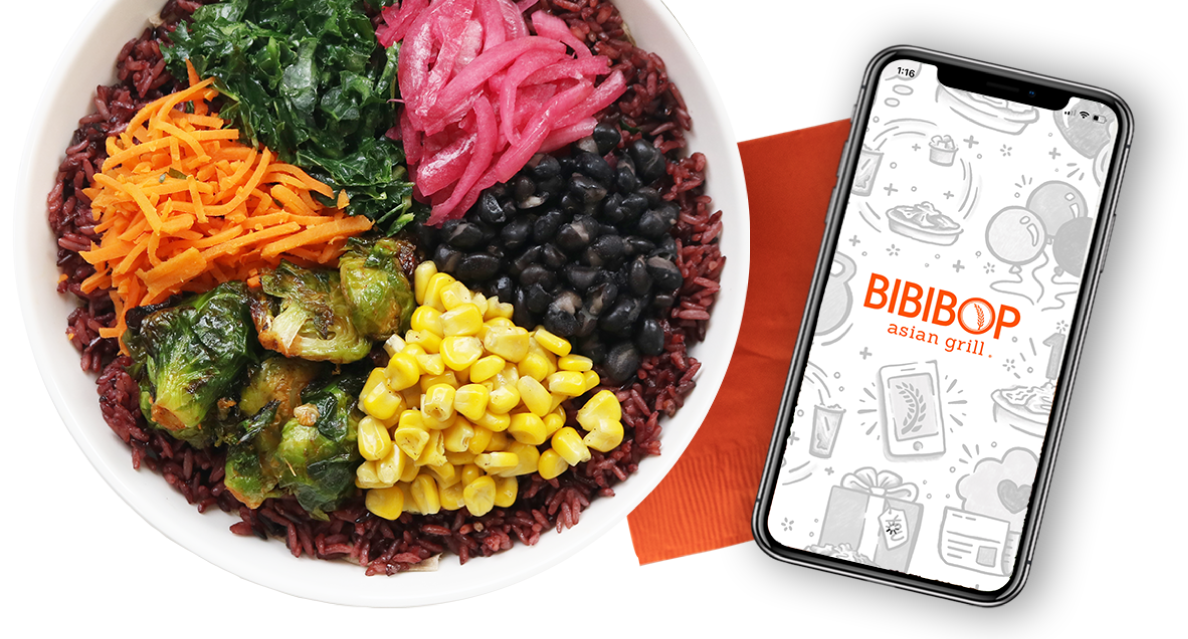Korean cuisine is a tantalizing journey through centuries of tradition and innovation. Rooted in a rich cultural heritage, Korean food has evolved, embracing both its traditional roots and modern influences. This fusion of tradition and modernity not only reflects the dynamism of Korean culture but also appeals to a global palate. In this blog, we will delve into the landscape of Korean food and explore how it embodies the essence of Korea’s history and contemporary spirit.
The Foundation of Korean Cuisine: Tradition and History
Korean cuisine, or “hansik” (한식) in Korean, is deeply intertwined with the country’s history and culture. Its roots can be traced back over a thousand years, to the Three Kingdoms period (57 BC – 668 AD). During this era, various regions of the Korean Peninsula developed their culinary traditions, laying the foundation for the diverse range of flavors found in modern Korean cuisine.
One of the key principles of Korean cooking is the concept of “bap,” which means rice. Rice is considered the staple food of Korea, and a traditional Korean meal is often centered around a bowl of steamed rice. Accompanying dishes, known as “banchan,” are served in small portions to provide a balanced combination of flavors, textures, and nutrients. These banchan often include kimchi, pickled vegetables, and various side dishes, contributing to the complexity and depth of Korean cuisine.
Kimchi: The Icon of Korean Food
No exploration of Korean food would be complete without mentioning kimchi. Kimchi is a traditional fermented vegetable dish, most commonly made with Napa cabbage and Korean radishes, seasoned with a blend of spices, garlic, ginger, and fish sauce. Kimchi is not just a side dish; it’s a symbol of Korean identity and culture. It’s consumed with virtually every meal and is celebrated for its health benefits, including probiotics and vitamins.
The Evolution of Korean Cuisine
While Korean cuisine has deep-rooted traditions, it has also evolved to incorporate modern influences. The Korean War (1950-1953) and the subsequent division of Korea significantly impacted the cuisine. With its capital, Seoul, South Korea became a vibrant center of economic and cultural development, leading to culinary innovations.
One notable aspect of modern Korean cuisine is its adaptability and fusion with global flavors. Korean BBQ, for example, has become a worldwide sensation, where diners grill thinly sliced meat, often beef or pork, at their tables. This interactive dining experience blends Korean tradition with a contemporary twist, offering a unique way to enjoy Korean flavors.
Another modern Korean culinary trend is the rise of “K-food” or “hallyu food,” inspired by the Korean Wave (hallyu). Dishes like bibimbap (a rice bowl with assorted toppings), bulgogi (marinated and grilled meat), and kimbap (seaweed-wrapped rolls) have gained international popularity. These dishes showcase the balance of Korean cuisine’s flavors, colors, and textures.
Korean Cuisine: A Feast for the Senses
Korean food is not only about taste; it’s a feast for all the senses. Traditional Korean meals are served with diverse side dishes with unique flavors and aromas. The vibrant colors of fresh vegetables and the sizzle of meat on a barbecue grill create a visual and auditory spectacle. The bold and spicy flavors awaken the taste buds, while the subtle nuances of fermentation and pickling add depth to the overall experience.
Korean cuisine is a living testament to the country’s rich cultural heritage and its ability to embrace modernity. It’s a harmonious fusion of tradition and innovation, making it a source of pride for Koreans and a global culinary phenomenon. From the iconic kimchi to the sizzling Korean BBQ, Korean food offers a diverse and flavorful journey that continues to captivate the world’s palate. As Korea’s influence continues to spread through the Korean Wave, so too does its delectable cuisine, serving as a gateway to understanding and appreciating the beauty of Korean culture.



